Beauty News, Leahlani Skincare
Learn to read your skin
Learn to Read Your Skin
Ever wondered what’s causing those surprise breakouts? Or why your skin goes from calm to reactive in an instant? Or why your new retinol hasn’t shown results yet? The answers lie deeper than the skin’s surface. By understanding the cycles of your skin, you can uncover the root causes of skin issues and their connections to your overall health, hormones, and habits.
What is the Skin Cycle?
The skin cycle is the ongoing process of skin regeneration, healing, and renewal. It starts with the formation of new skin cells beneath the epidermis, which gradually rise to the surface and are eventually shed. The speed of this cycle varies with age: it takes 14-21 days for teens, about 28 days for adults, and up to 90 days for older adults.
How Rejuvenating Skincare Works
Retinoids, like Aqua A, promote cellular turnover and balance skin tone by accelerating the skin’s renewal process. These retinoids are highly effective for skin rejuvenation but typically take 1-3 skin cycles to show visible results. Brightening antioxidant serums, such as Siren, also work gradually. They boost collagen production and fade dark spots over time with regular use.

Factors That Affect Skin During a Cycle
Various factors influence the skin cycle, manifesting as changes in your skin’s appearance. These include hormonal shifts (especially during menstrual cycles), nutrition, hydration, sun exposure, the skin microbiome, age, and sleep quality.
Treating Skin Topically vs. Holistically
Topical treatments target the skin’s surface, while holistic skincare considers internal factors like diet, hydration, and overall health. Topical treatments may offer quicker results, but holistic approaches, while slower, yield wonderful long-term benefits. Combining both methods is a game changer for your skincare routine.
How Lifestyle Changes Impact Skin Health
Small adjustments to your lifestyle can significantly improve your skin’s health and appearance. Regular exercise boosts circulation and skin health, while adequate water intake maintains skin elasticity. A diet rich in antioxidants also plays a crucial role in sustaining a healthy skin cycle.

Allergens and Skin Sensitivity
Beyond diet, various external factors can increase inflammation and sensitivity. These include fabric types, detergents, certain SPF ingredients, and environmental conditions.
The Benefits of Keeping a Skin Journal
Maintaining a skin journal is an excellent way to track changes in your skin and link them to product use or dietary changes. After cleansing, run your fingertips over your skin and jot down observations about what you see and feel. TIP: If you track your menstrual cycle, keep your skin notes in the same place. This can help you quickly spot patterns!
Starting a Skin Mindfulness Practice
Now that you understand how your skin cycle works and the factors that affect skin health, you can start connecting the dots. Practicing skin mindfulness helps you become more aware of your skin’s needs and responses, empowering you to make better skincare choices.




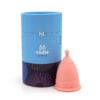















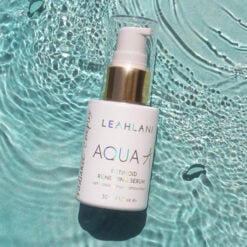
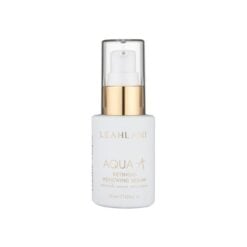


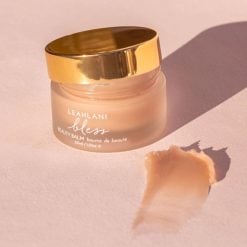


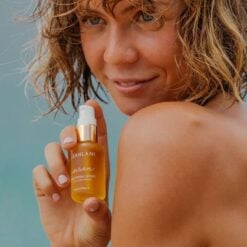








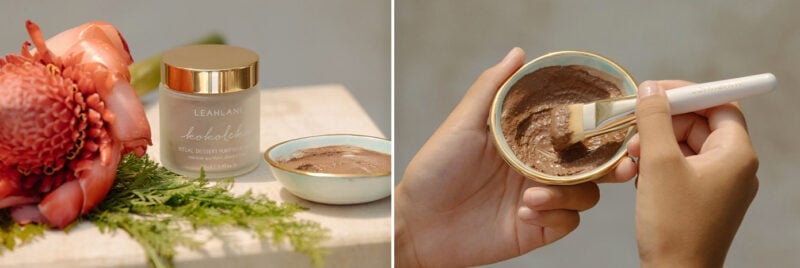

















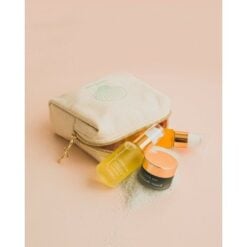
 Beauty Products
Beauty Products By Skintype
By Skintype Brands A-Z
Brands A-Z Wellness
Wellness Health / Nutrition
Health / Nutrition